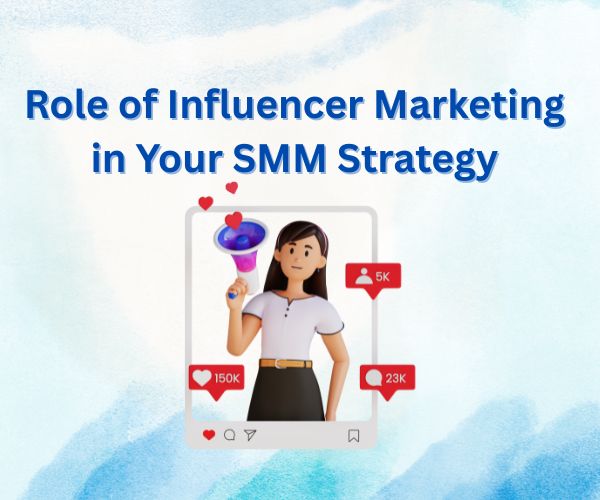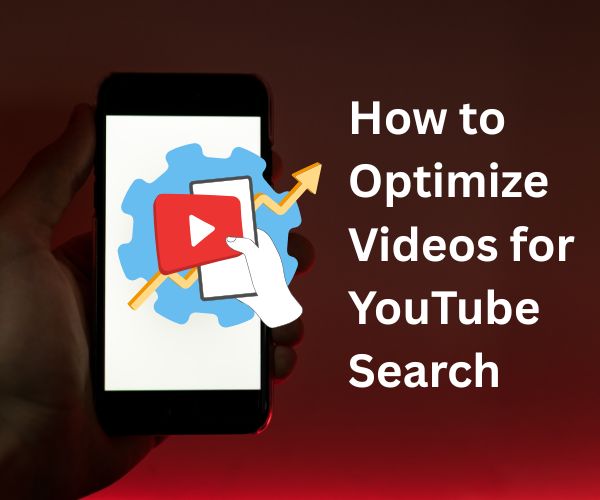Social media is no longer just a platform for connection-it’s the heartbeat of modern marketing. And in this ever-evolving digital world, influencer marketing has emerged as one of the most powerful tools to boost brand visibility, build trust, and drive conversions.
But what exactly is influencer marketing? Why has it become so crucial in social media marketing (SMM) strategies for brands across industries?
Let’s break it all down-from the what and why, to how to implement.
What Is Influencer Marketing?
Influencer marketing is a type of social media marketing that involves collaborations between brands and individuals with a loyal, engaged online following-known as influencers. These individuals can sway the purchasing decisions of their audience due to their authority, authenticity, or relatability.
Influencers come in all sizes:
- Nano-influencers (1K–10K followers)
- Micro-influencers (10K–100K)
- Macro-influencers (100K–1M)
- Mega or celebrity influencers (1M+)
Why Is Influencer Marketing Effective in SMM?
1. Trust and Credibility
People trust people-not ads. When an influencer recommends a product, it’s often perceived as more authentic than traditional advertising.
2. Hyper-Targeted Audiences
Influencers cater to specific niches (fitness, fashion, tech, parenting, etc.). Partnering with one gives you direct access to your ideal customer.
3. High Engagement Rates
Influencers generate better engagement than branded content. A micro-influencer can drive 60% more engagement than a celebrity influencer and significantly more than a brand page.
4. Boosted Brand Awareness
Strategic influencer partnerships can put your brand in front of thousands or millions of potential customers who may have never discovered you otherwise.
5. Cost-Effective Compared to Traditional Ads
Influencer campaigns can yield high ROI without the massive spend required by traditional ad platforms.
Types of Influencer Collaborations
- Sponsored Posts: The influencer is paid to create a post featuring your product/service.
- Product Gifting: You provide a free product in exchange for a review or content.
- Giveaways/Contests: Influencers host a contest to drive traffic or engagement.
- Affiliate Marketing: Influencers earn a commission for sales made through their referral links.
- Brand Ambassadors: Long-term relationships with influencers who regularly promote your brand.
Examples
🔹 Daniel Wellington (Watches)
One of the earliest influencer success stories-Daniel Wellington grew from nothing to a global brand by leveraging micro-influencers to post about their watches.
🔹 Glossier (Beauty)
Glossier built its empire by encouraging real users and nano-influencers to share their experiences, fostering a strong online community.
🔹 Gymshark (Fitness)
By partnering with fitness influencers across YouTube and Instagram, Gymshark created a cult following and became a billion-dollar brand.
Read Organic vs Paid Social Media: Which One Should You Focus On?
How to Use Influencer Marketing in Your SMM Strategy
✅ Step 1: Define Your Goals
Are you trying to boost brand awareness, generate leads, drive traffic, or increase sales?
✅ Step 2: Know Your Audience
Who are your ideal customers? What influencers do they follow?
✅ Step 3: Choose the Right Influencers
Look beyond the follower count. Consider:
- Engagement rate
- Audience demographics
- Content quality
- Authenticity
✅ Step 4: Set Clear Terms
Whether it’s a paid sponsorship or product trade, clarify:
- Deliverables (e.g., 1 IG post + 1 story)
- Timeline
- Usage rights for content
- Hashtag and disclosure guidelines
✅ Step 5: Track and Measure Results
Use UTM links, discount codes, and social analytics to monitor:
- Engagement
- Click-throughs
- Conversions
- ROI
FAQs
❓Is influencer marketing only for big brands?
No. Small businesses can benefit even more by partnering with nano and micro-influencers whose engagement rates are often higher.
❓What platforms work best for influencer marketing?
It depends on your audience. Common choices include:
- Instagram – Great for lifestyle, fashion, beauty
- YouTube – Excellent for tutorials and product reviews
- TikTok – Powerful for viral, short-form content
- LinkedIn – B2B influencer strategies
❓How much does influencer marketing cost?
It varies. A micro-influencer might charge $100–$500 per post, while celebrities can demand $10,000+. Product-only collaborations are also common.
❓How do you find influencers?
Try tools like:
- Upfluence
- BuzzSumo
- Heepsy
- Or simply use hashtags and manual search on social platforms
❓What are the risks?
Potential risks include:
- Mismatched values
- Fake followers or engagement
- Lack of control over message
That’s why research and communication are key before committing.
Pro Tips for Influencer Marketing Success
- Always require disclosure (#ad or #sponsored) to comply with FTC guidelines.
- Repurpose influencer content on your brand’s feed (with permission).
- Use influencer partnerships to support launches, events, and promotions.
- Focus on long-term relationships for consistent visibility and brand trust.
Conclusion
Influencer marketing has evolved from a buzzword to a fundamental piece of any smart SMM strategy. Whether you’re launching a new product or nurturing brand loyalty, the right influencer can help you connect with your audience in ways no ad can.
When done right, it’s not about buying followers-it’s about building real, meaningful relationships that drive results.
Explore YouTube SEO: How to Optimize Videos for YouTube Search


